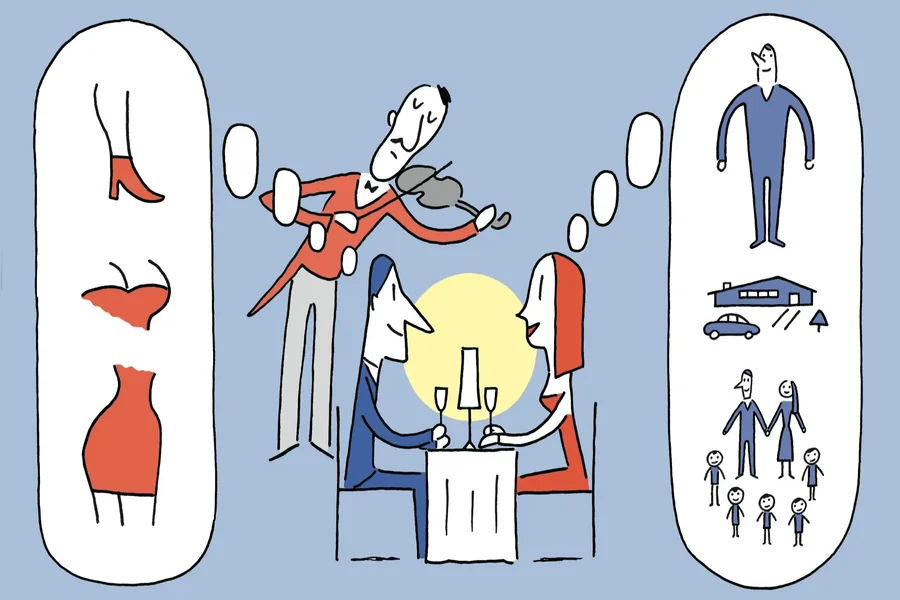People don’t come to a website for features alone. They arrive with a day behind them and a hope to be seen. A saved post after midnight, a photo titled “we made it,” a kind reply that steadies a friend – these are small signals that matter later. A good platform gives those moments a home. It keeps them easy to find, calm to revisit, and simple to share on your terms.
How moments start to live on a screen
A site feels different once everyday fragments start to settle. Birthdays, recoveries, house moves – they land inside albums, threads, and captions until a neutral page carries real weight. The craft is quiet. Labels stay plain. Navigation stays predictable. Exits feel close at hand when the day is already heavy. People should show care without being told it is there.
Clear labels shape trust because they say what a thing does and who it is for. Even an off-topic phrase can sit without friction when it is honest and contained. Take a look at desi casino login, and you will see how your emotions change according to what is happening on the page and how it is designed.
Clarity over cleverness
Words set the temperature. Favor everyday verbs that match care – keep, save, share with, hide, export. Choose labels that age well – Milestones, Trips, Projects. Avoid buzzwords that fade in a month. Short sentences help people on tired days. Punctuation should guide breath and reduce strain. If a sentence asks for a pause, end it. Start the next one with a capital letter. This isn’t about stripping style. It is about making meaning appear with less effort.
Context should travel with the content. When an old photo resurfaces, show the date, place, and people at a glance. Let the person hide any part that no longer feels safe. If a collage or recap is proposed, ask first and show who will see it. Make every step reversible in two taps. The sensation you want is steady and unforced – your screen feels like a room with the lights at a sensible level.
Gentle re-encounters
Timing changes the meaning of a memory. A resurfaced picture a week after an event may feel sharp. A year later, it can feel generous. Give people control over the pace and remember what they choose. A “later” button that nags tomorrow is pressure in disguise. Use soft previews that hold the image back until the person decides to look. Keep the first screen factual and quiet. People will open more when the page is calm.
Trust grows when scope behaves. If a photo is private, it should return private by default. If a message thread belonged to a small circle, it should not appear on a wider stage without consent. A scope that drifts breaks confidence quickly. The scope that holds keeps people sharing.
Every day proof that you care
- Visibility travels with the item – private stays private when it resurfaces.
- Mutes are specific and temporary – a name, a place, or a date range can be quieted and then extended if needed.
These small assurances reduce fear. They also reduce support tickets because the interface answers sensitive questions before a complaint forms.
Ownership lowers anxiety
People relax when they feel ownership. That feeling comes from actions that work the same way every time. Saving privately stands beside sharing publicly with equal weight. Export is visible and fast. Deletion is clear. Recovery is possible for a short window. If something goes wrong, the person should fix it without a lecture or a maze of menus.
A one-line note box can turn files into a season of life. “First week after the move.” “Mom’s first clinic visit after surgery.” These small notes make future searches kinder and give context to faces that will change.
What real users do with kept moments
Families build quiet albums that turn into a simple timeline. Independent workers keep a trail of drafts, approvals, and handovers that survives shifts in tools. Local groups preserve event posts and consent-aware galleries they can resurface next year without exposing private details. Students save feedback to revisit before a review and hide sensitive threads when the semester ends. The pattern is the same across audiences – dignity, clarity, control.
Review habits that keep products humane
You do not need a grand program to improve the hard parts. Map the screens where feelings run high and read them aloud on real phones. If a sentence demands a long breath, split it. If an important control hides at the bottom, move it up. Replace clever lines with clear ones that land on the first read. Ship small. Watch for signals like “too soon” or “I wasn’t ready” and adjust timing instead of writing long explanations.
Run two checks in every review. First, a scope check – who will see the next screen if the person continues. Second, an escape check – how fast they can back out without losing changes. If either answer is fuzzy, fix that before debating color or spacing. Consistency in these basics makes a site feel safe without ever saying the word safe.
Keep, revisit, move on
Life online moves quickly. The best parts deserve a place that will still make sense later. A platform earns that place by keeping pieces intact, pacing re-encounters with care, and letting people leave with their things when they choose. Build for quiet confidence – the kind that makes returns feel safe and departures graceful. That is how a tool becomes a place people trust and how unrepeatable moments remain easy to hold.



